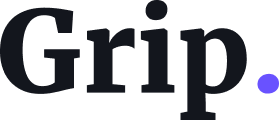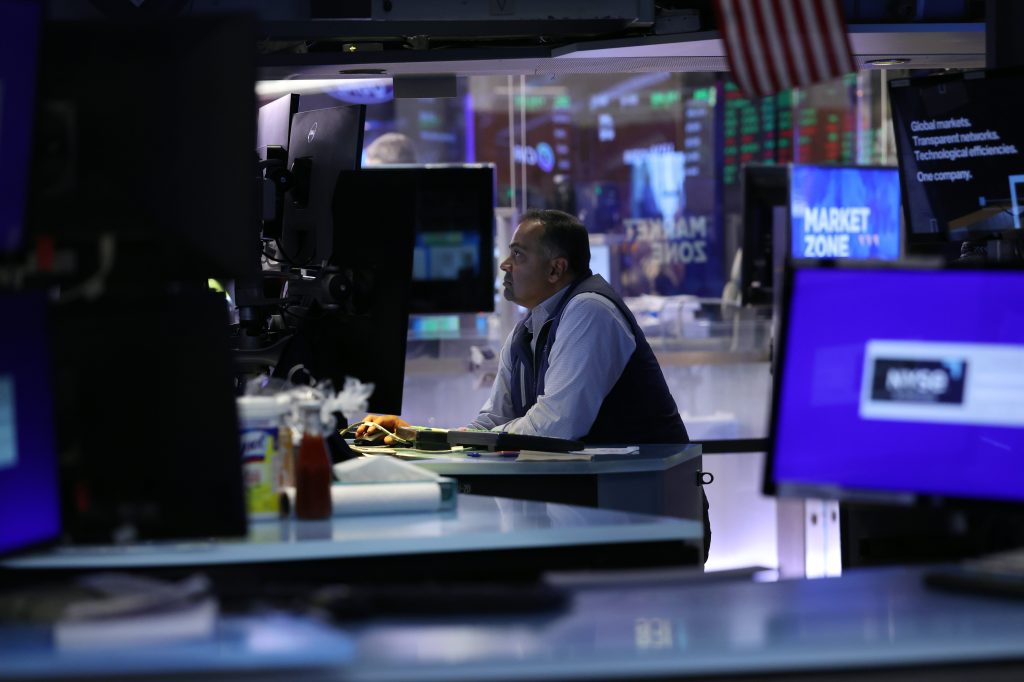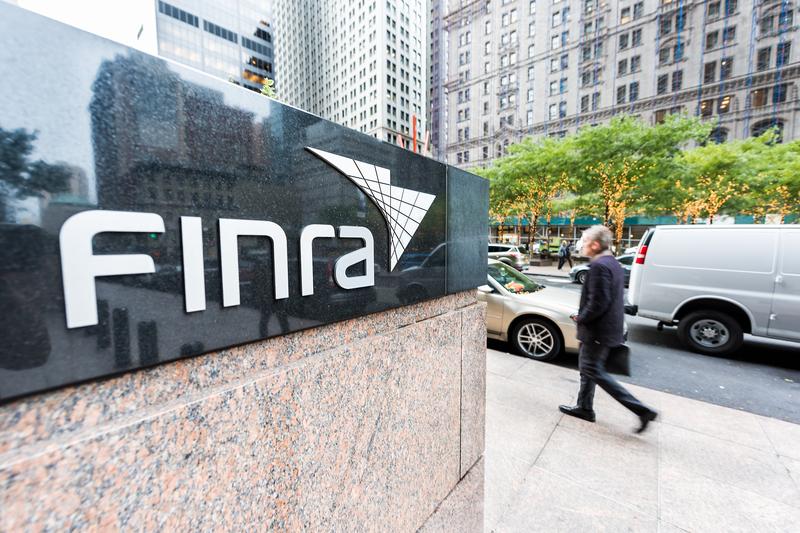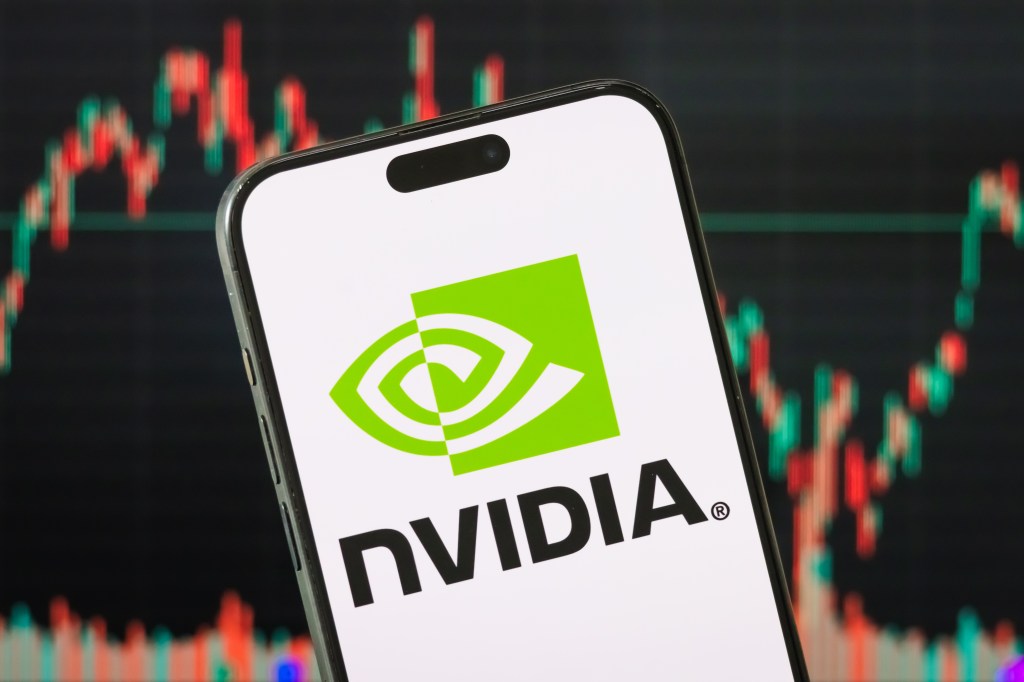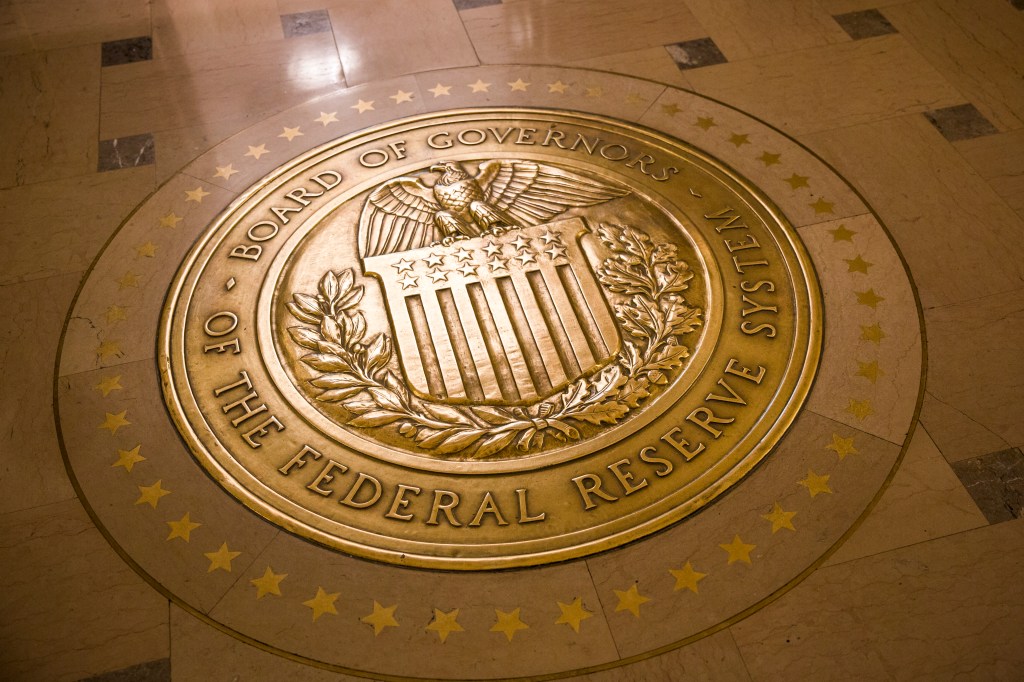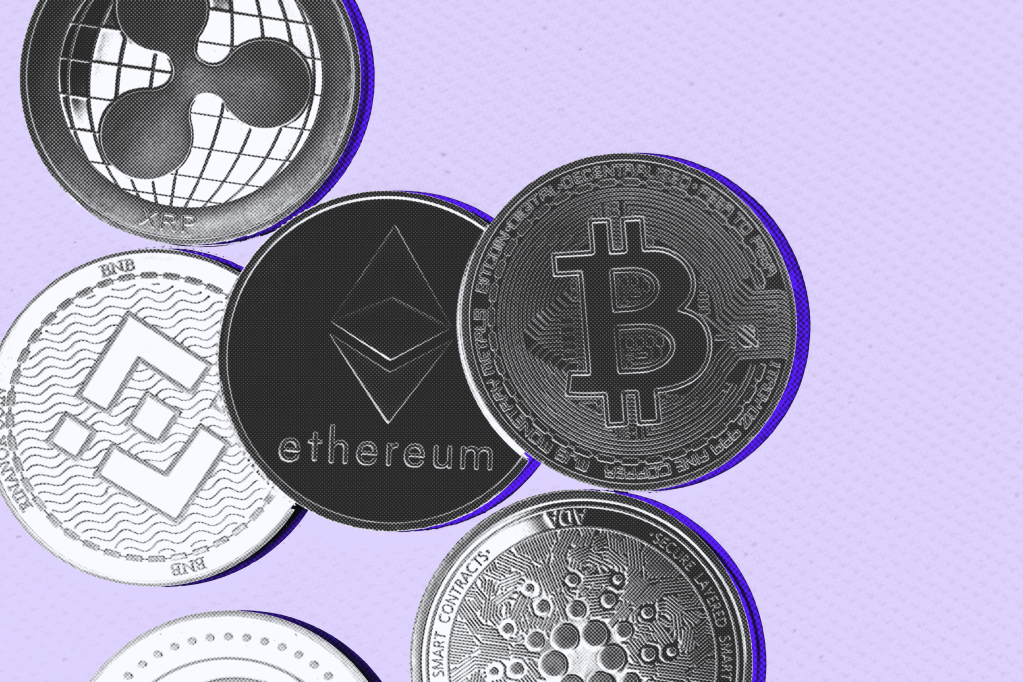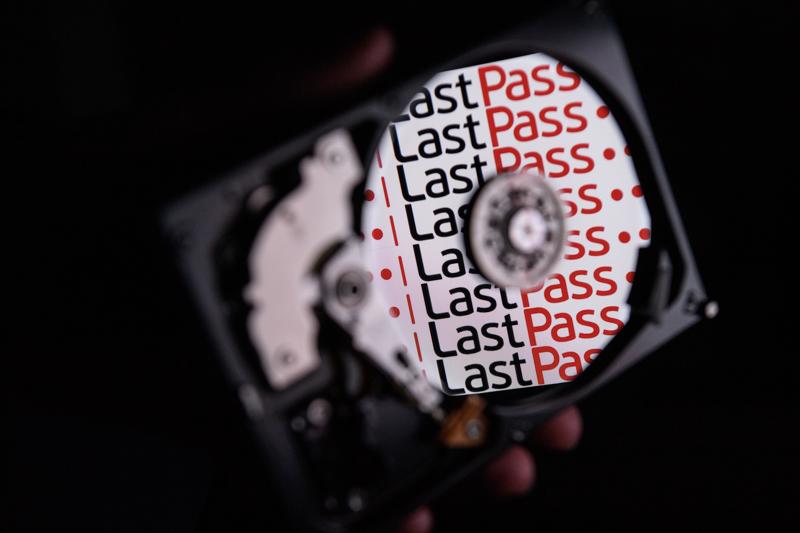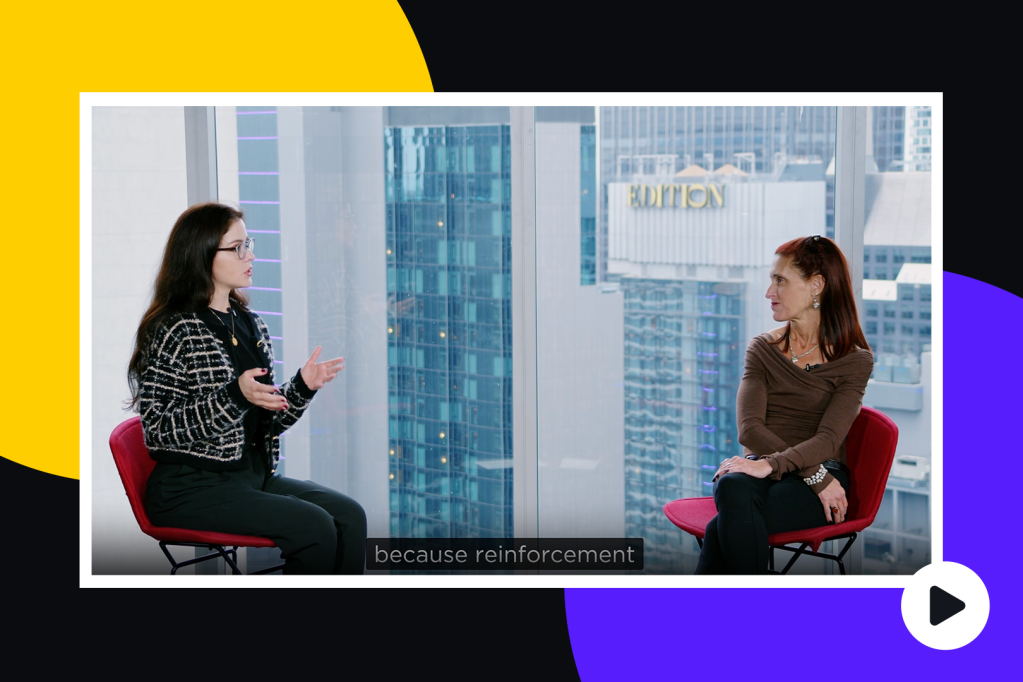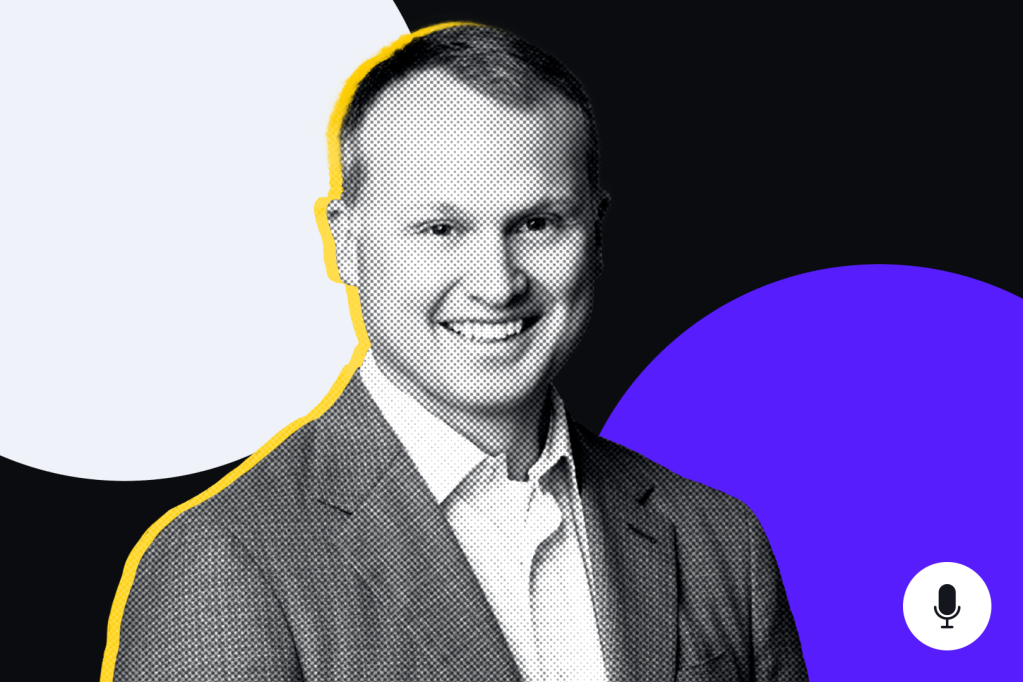This is a transcript of the podcast episode Karen Brown on “know your customer” compliance in correspondent banking between GRIP’s US Content Manager Julie DiMauro, and Karen Brown, Head of KYC Compliance at a New York City-based correspondent bank.
[INTRO]
Julie DiMauro: Greetings, everyone, and welcome to a
GRIP
Register for free to keep reading.
To continue reading this article and unlock full access to GRIP, register now. You’ll enjoy free access to all content until our subscription service launches in early 2026.
- Unlimited access to industry insights
- Stay on top of key rules and regulatory changes with our Rules Navigator
- Ad-free experience with no distractions
- Regular podcasts from trusted external experts
- Fresh compliance and regulatory content every day
